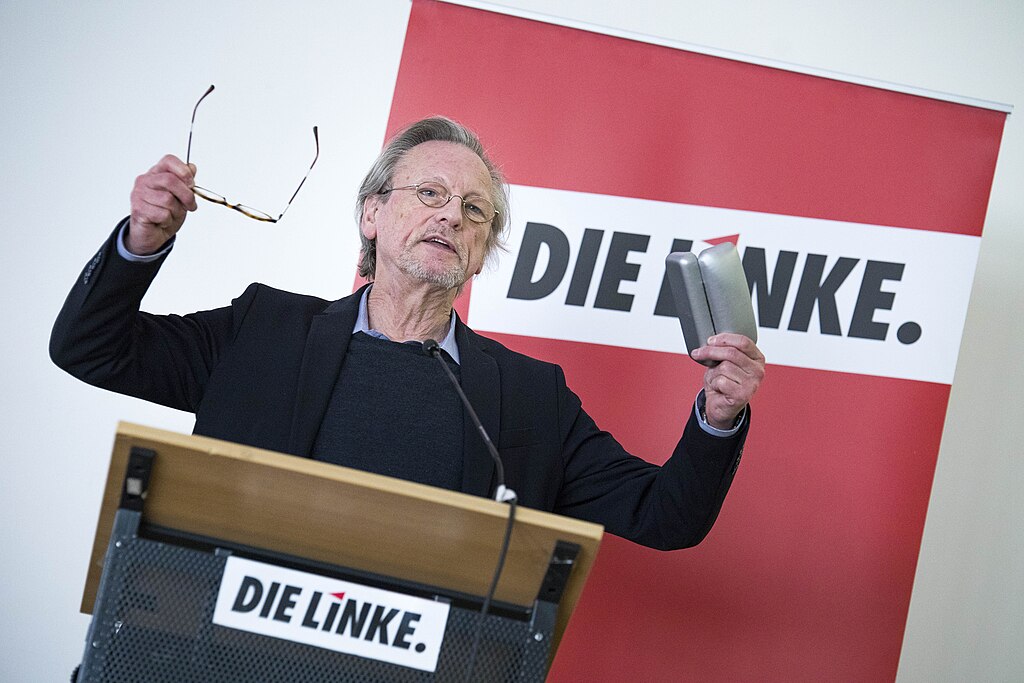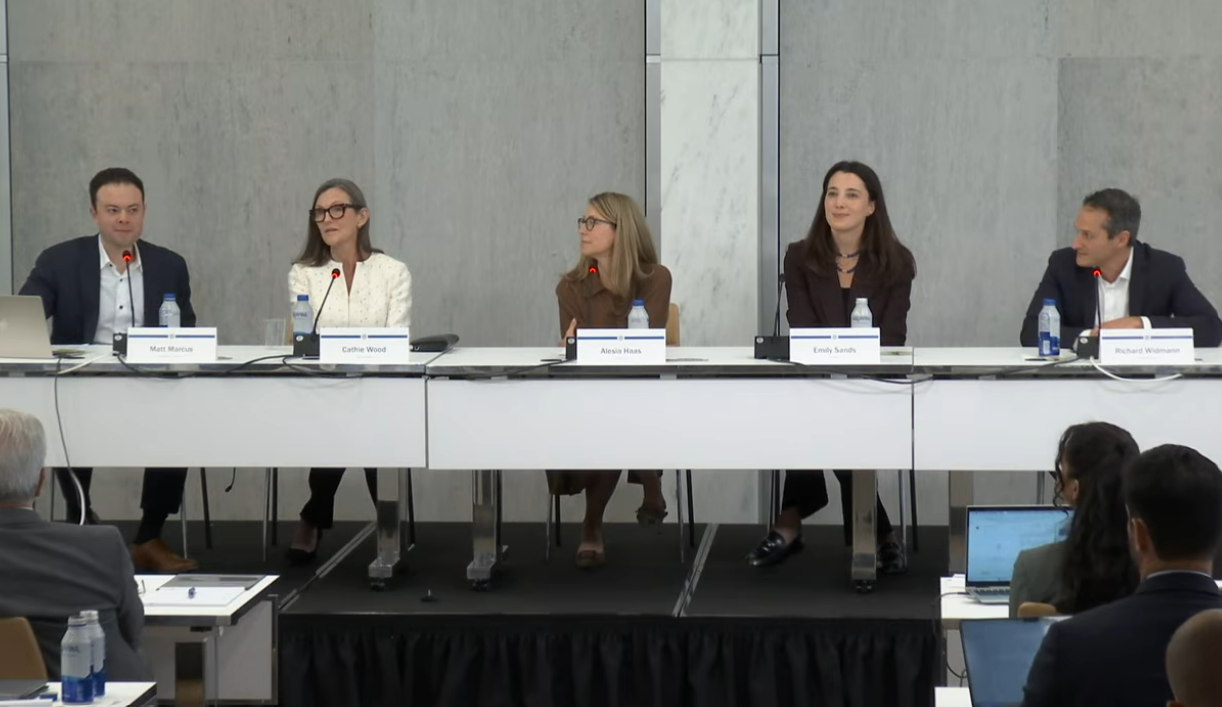Federal Reserve Governor Christopher Waller’s new proposal for a “payments account” could mark a historic shift in the U.S. financial system by allowing nonbank payment providers direct access to the Fed’s payment rails. Speaking at the Fed Payments Innovation Conference, Waller suggested that this new account—essentially a “skinny master account”—would let fintechs and stablecoin issuers move money without traditional banking intermediaries.
Currently, only banks can access the Fed’s balance sheet, forcing nonbank payment providers to rely on complex partnerships and navigate a maze of 50 state-level money transmitter laws. In contrast, the U.K. and EU have clear frameworks for e-money and payment institutions, leaving the U.S. lagging behind. Waller’s proposal could finally provide a federal pathway for innovation, bridging the gap between private fintechs and public monetary infrastructure.
Balances in these proposed payments accounts would not earn interest, be capped in size, and exclude privileges like overdrafts or access to the discount window. Their sole function would be to process payments efficiently and securely. This would effectively separate payments from lending—an idea rooted in the concept of narrow banking, where institutions focus solely on transferring funds rather than extending credit.
Such a move could also reshape the role of stablecoins in the financial ecosystem. If stablecoin issuers were granted payments accounts, their reserves would be backed directly by central bank money, increasing stability and transparency. This could offer a private-sector alternative to a central bank digital currency (CBDC), aligning with Waller’s skepticism of a retail CBDC while preserving the Fed’s oversight of the settlement layer.
Waller’s vision represents a strategic evolution rather than disruption—modernizing the Fed’s infrastructure to maintain control and stability while empowering the private sector to innovate at the front end.

























Comment 0